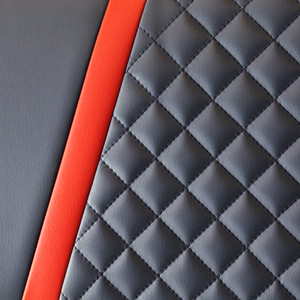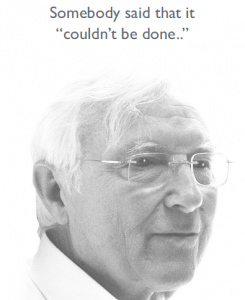FROM BOOKS TO BEAUTY AND THE MALE AVON LADY
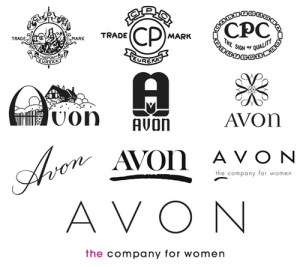
Despite its name being inspired by the British river, Avon’s origins are American. The first ‘Avon lady’ was in fact a man and the business actually started in books not beauty.
That first Avon ‘Lady’ was a young door-to-door salesman, David McConnell, who originally came from Oswego, New York. He began working for the Union Publishing Company in 1877 selling magazines, greeting cards and books. He was reasonably successful and purchased 50% of the Union Publishing Company for $500.
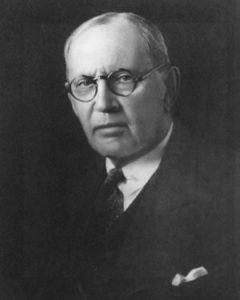 McConnell however found that books weren’t always an easy sell and he resorted to the then popular marketing ploy of offering a free introductory gift in exchange for being allowed to come in and make his sales pitch.
McConnell however found that books weren’t always an easy sell and he resorted to the then popular marketing ploy of offering a free introductory gift in exchange for being allowed to come in and make his sales pitch.
Given that most of his clients were women, he thought a complimentary vial of perfume would work well so, with some help from a local pharmacist, he blended the original scent himself. He soon discovered that many of his customers were much more interested in the fragrance than they were in his books.
He would later say that “The book business was not congenial to me” and so he announced to his partner, who had now moved to California, his intention to sell perfume. His partner enthusiastically agreed and even suggested that he call the new company the California Perfume Company “because of the great profusion of flowers in California.”
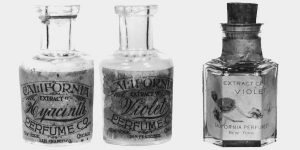
The door-to-door formula for perfume sales was ideal for that time-period in America. McConnell focused on small towns, where his home-based clients often had no means of travelling to shops where they could buy perfumes. As his biography says “At the turn of the century, about 80 percent of the California Perfume Company’s “Depot Agents” lived and sold in communities of less than 1,000 (white) population.”
However, what really took the brand to new heights was when McConnell realised that the perfect salesperson might in fact be a woman so he hired his first female sales representative – the first female ‘Avon lady’. Persis Foster Eames Albee was a 50 year old wife and mother of two. McConnell would later call her the “Mother of the California Perfume Company”.
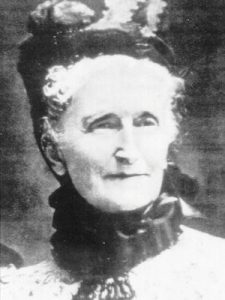 It is she who is credited with creating the company’s system for distributing products. She travelled all around the north-east by buggy and train, not only selling door-to-door but recruiting and training other women as salespeople. Albee recognised that these women (Agents) would not have to travel but could sell in their own communities. The fact they were actually part of the communities in which they sold gave them a credibility with their friends and neighbours, a credibility and accessibility that no travelling salesman could match.
It is she who is credited with creating the company’s system for distributing products. She travelled all around the north-east by buggy and train, not only selling door-to-door but recruiting and training other women as salespeople. Albee recognised that these women (Agents) would not have to travel but could sell in their own communities. The fact they were actually part of the communities in which they sold gave them a credibility with their friends and neighbours, a credibility and accessibility that no travelling salesman could match.
The company allowed these women to purchase products and literature and resell the items in their own time in their own style. It was the first time this kind of approach had been used in cosmetics and was one that has allowed the brand to prosper for over a century.
What Albee and McConnell were now selling was a business opportunity for women — women who needed money — usually older, married women. It would give them the chance to earn an independent income. It was an appealing idea and, in 1887, just one year into his perfume business, they already had a team of 12 agents selling the now 18-piece fragrance line.
In 1905, the company launched Outlook magazine, a publication for sharing advice with employees and keeping representatives up-to-date on other company news. The following year they had enough products to release a sales catalogue, another move that helped further grow sales.
It wasn’t however until 1928 that the company started using the Avon name, which different sources say came from the fact that it is the birthplace of McConnell’s favourite playwright, or that, when visiting Shakespeare’s home at Stratford-On-Avon, McConnell was taken by the way the countryside resembled that around his home in Suffern, New York.
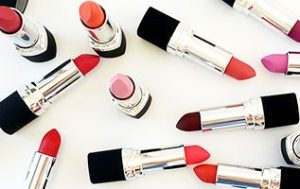
The name may have changed and the range expanded but the brand remains committed to “empowering women around the globe” and states its purpose as “to create a world with more empowered women”. It aims to stay true to the set of guiding principles that McConnell developed all those years ago:
⦁ Providing an earnings opportunity so individuals can achieve financial independence and enjoy all that comes with such an accomplishment.
⦁ Recognizing everyone’s unique contributions.
⦁ Giving back to the communities Avon serves.
⦁ Offering the highest quality products with a guarantee of satisfaction.
⦁ Maintaining and cherishing the “friendly spirit of Avon.”
And the moral is it isn’t just what you sell but the way that you sell it. Is there a better route to market for your brand?
Footnote: Avon is not the only brand where the founder started in one business but found his ‘door opener’ gift would prove to the truly successful brand. William Wrigley Jr sold soap and baking giving away sticks of chewing gum before moving into the confectionery business.
